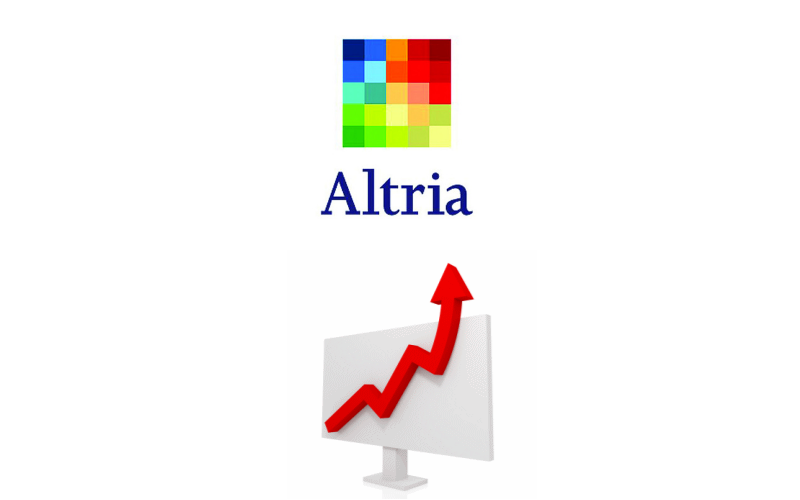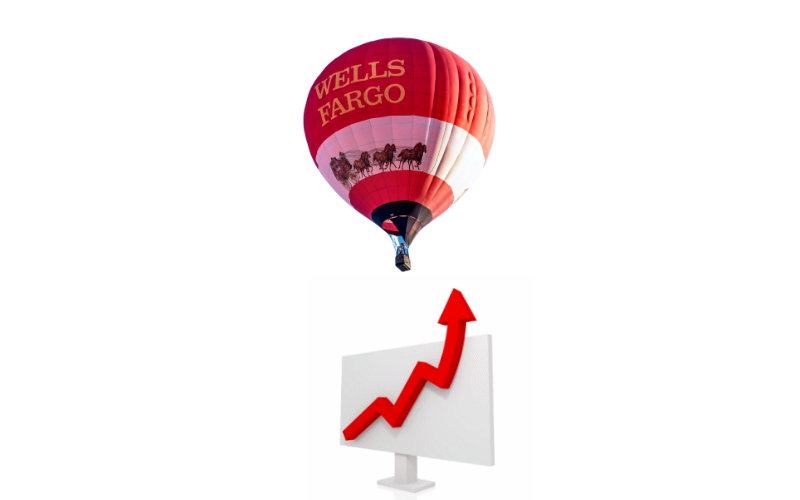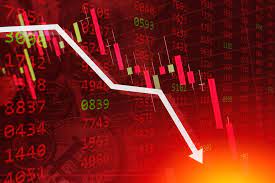Value investing has a long and storied past. From Ben Graham to Warren Buffet to Joel Greenblatt the thousand fold returns have been legendary. But what seems cheap may not necessarily be valuable.
How do you tell a value trade from a value trap? Here are some methods used by the best value investors of all time that keep earring them double digit returns every year.

- Don’t invest in businesses that are contracting
- Understand the return on tangible capital
- Options misprice binary outcomes
Kevin Daly Five Corners Partners, LP (20% per annum from 1999-2011)
Lots of companies screen as being “cheap.” I think that it’s easy to avoid value traps. The trick is to stay away from companies that can’t grow their cash flow and increase intrinsic value.
If I think the business is a “melting ice cube” like newspapers, yellow pages, and video rentals, to name a few bad businesses, then I won’t invest in it, no matter how cheap it is.
Conversely, if I invest in a business that can be purchased at a discount to its intrinsic value, and that value is growing, then all I have to do is wait and be patient. As Buffett says, “Time is the enemy of the poor business and the friend of the great business.”
Joel Greenblatt Gotham Capital
The twist that Warren Buffett put on Graham’s method was that it is nice to buy cheap businesses, but if you can buy a good business cheap, that is even better. One of the metrics Buffett used to decide whether a company was a good business was return on tangible capital. In the book, I used an example of Jason’s Gum Shop, which costs $400,000 to set up each store including inventory, displays, and other costs, and every year that store throws off $200,000 in profits, which is a 50 percent return on capital. Then I compared it to another business called Just Broccoli, which also cost $400,000 to open a new store, but every year that store throws off only $10,000 in profit, or a 2.5 percent return on capital. Clearly a business that can return 50 percent on capital is better than a business that can return only 2.5 percent on capital.
Another way to look at it is that every business needs fixed assets and working capital to be in business, and the relevant question is how efficiently does it turn its fixed assets and working capital into profits?
#Value in Special Situations
Value is all about making asymmetrical bets. The idea is that the downside is limited, but the upside is uncapped so that just a few selections could provide a return for the whole portfolio. One way that value investors seek to profit from this idea is by looking for binary outcomes and then leveraging the trade through the options market. Buying options is a defined risk trade with loss limited to the amount of premium paid.
Options are usually priced via a normal distribution model which assumes that the rate of increase or decline will be normally distributed over a long period of time. However when there is clear possibility of a binary outcome (e.g. the company either goes bankrupt or recovers to prior levels of profitability) the options will often become mispriced underestimating the potential for large stock gains. Imagine a small rubber ball held under water in a bathtub. The options markets’ long term valuation models may suggest that the ball will bobble under water slightly, but if the pressure on the ball is totally removed the ball will pop with very high velocity. That velocity is often underpriced in the market when special situations occur.
In Hedge Fund Wizards Jack Schwager documents several examples of such trades.
Jamie Mai of Cornwall Capital …

“One of our first special situations involved the cigarette maker Altria. In 2003, Altria’s market cap had declined close to 50 percent in response to a spate of rating agency downgrades, reflecting negative developments in a few of the larger class action litigations underway at the time. Obviously, the contingent liability for the tobacco companies was massive. So it wasn’t unreasonable that a few individual cases should have the potential to introduce meaningful uncertainty risk. Each case embedded the potential for 9- or even 10-figure settlements, not to mention the risk of setting a precedent favorable to future plaintiffs. It wasn’t hard to create a story that ended in insolvency for the tobacco companies. At the same time, we heard a couple of smart investors argue that the ratings agencies had gotten it wrong. In their view, structural realignments were likely to protect the tobacco companies from dismemberment. Specifically, they cited a global settlement with all 50 state attorney generals and the fact that U.S. taxpayers had already gained a controlling economic interest in the tobacco companies, with the majority of revenues from cigarette sales going to various federal, state, and local government agencies.

In 2002, Capital One dropped from $50 to $30 in one day after the company announced it had reached an agreement with regulators to sharply increase its reserves against its subprime-laden loan portfolio and to improve its credit risk assessment procedures. The previous storyline had been that Capital One’s long string of strong earnings was driven by its superior quantitative models for assessing subprime credit risk. Now, there was a serious question as to whether the company’s impressive financials were more a product of fraudulent accounting than better risk modeling. A full-blown bull/bear battle ensued with some analysts claiming the company was a fraud and other analysts saying that the management team was totally above board and topnotch. The odds that the stock would still be near $30 in two years seemed vanishingly small. Either the company would be vindicated or it would go under.
Joel Greenblatt of Gotham Capital

In the early 1990s, Wells Fargo, which had an excellent long-term, consistent fee-generating business, came under a lot of pressure because of its high concentration of commercial real estate loans in California, at a time when California was in the midst of a deep real estate recession. There was a possibility, although unlikely, that the real estate downturn could be so severe that Wells Fargo would go through all its equity before investors could get the benefit of their long-term fee generation. If it survived, though, the stock would likely be much higher than its current depressed price of $80, which reflected the prevailing concerns. The way I looked at the risk/reward of the stock was that it was a binary situation: The stock would go down $80 if Wells Fargo went out of business and up $80 if it didn’t. But by buying LEAPS with more than two years until expiration instead of the stock, I could turn that 1:1 risk/reward into a 1:5 risk/reward. If the bank survived, the stock would double, and I would make five times my money on the options, but if it failed, I would lose only the cost of the options. I thought the odds were much better than 50/50 that the bank would survive, so the stock was a buy. But in terms of risk/reward, the options were an even better buy. The stock did end up more than doubling before the options expired

Key Takeaways from Value Investing
- An asset must not only be cheap but growing. In fact the fast you think the growth will be the more you can pay for current prices
- A good measure of companies profitability efficiency is return on net tangible capital. In other words how much profit can the businesses generate from a specific base of working capital
- Special situations provide the prospect of a rapid repricing of an asset. If you research shows that the repricing will go in a specific direction then LEAPs (Long term option with expiry dates of a year or more) allow the investor to lever their profit potential while capping the risk to premium paid. It essentially becomes an intelligent lottery ticket bet that could pay off big.









